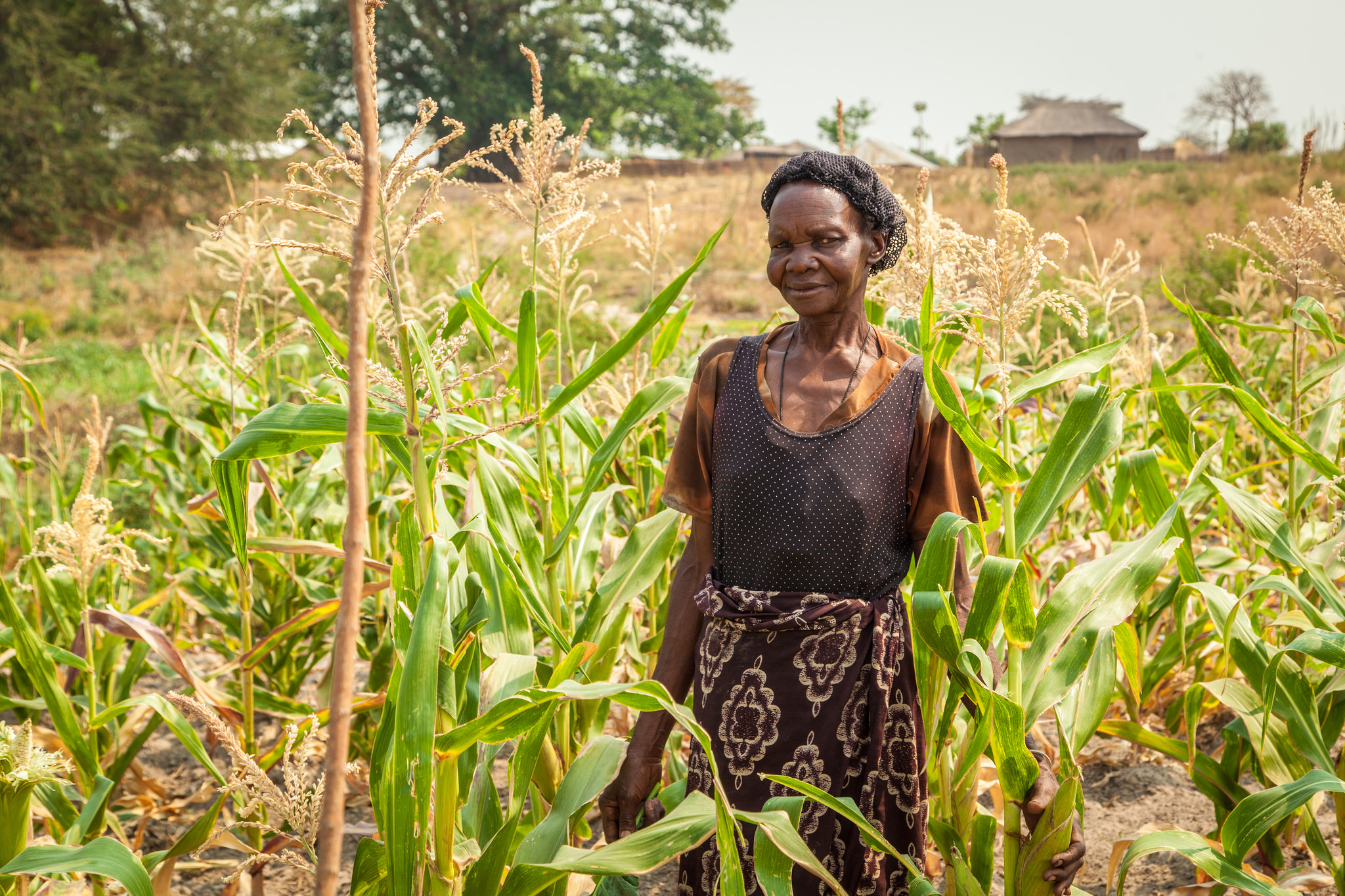Carbon Is the Root of a New, Sustainable Agriculture System
Author: Casey Coates Danson
Turning the conventional wisdom on its head, Janine Benyus, author of Biomimicry: Innovation Inspired by Nature and founder of the Biomimicry Institute, argued that carbon dioxide pollution in the atmosphere can become the source of a new, regenerative agricultural system at SXSW Eco in Austin, Texas. Instead of treating carbon dioxide emissions as a waste product that needs to be reduced, it can instead fuel our food production. We can mimic the functions of prairie ecosystems to store all of that excess CO2 and create a more sustainable food production system.
“Nature has no landfills; everything has a second life,” Benyus argued. Carbon dioxide is already the basis of a complex system of “upcycling” in nature. A tree absorbs carbon dioxide, sequestering it as it grows. When it dies, it’s decomposing trunk is taken over by fungi, which consume the carbon. This fungi is then eaten by voles, which are then eaten by owls, and on the cycle goes.
We can help nature improve its ability to bio-sequester carbon. “We can undertake carbon farming in nature’s image.” This requires moving towards “ecosystem-inspired agricultural practices,” or “biomimetic agriculture.”
She explained how monocultures — rows and rows of the same crops — strip the land of its ecosystem functions: its underlying ability to sequester carbon. “With tilling and the use of added chemicals in farming, we’ve lost the ability to store carbon deep in the soils.”
In contrast, in prairie ecosystems, where there are perennial grasses like wheat, plants store carbon deep in the soil through long roots, some that go as far as 20 feet deep. Prairie grasses evolved the ability to do this. In a fully-functioning prairie, bison and other grazers would prune grasses all the way down to the ground. To survive, these grasses had to store much of their energy (and carbon) way down in the roots. Sustainable agricultural practices that preserve perennials through the use of crop diversity could then not only produce food but also help us store the excess carbon in the atmosphere

